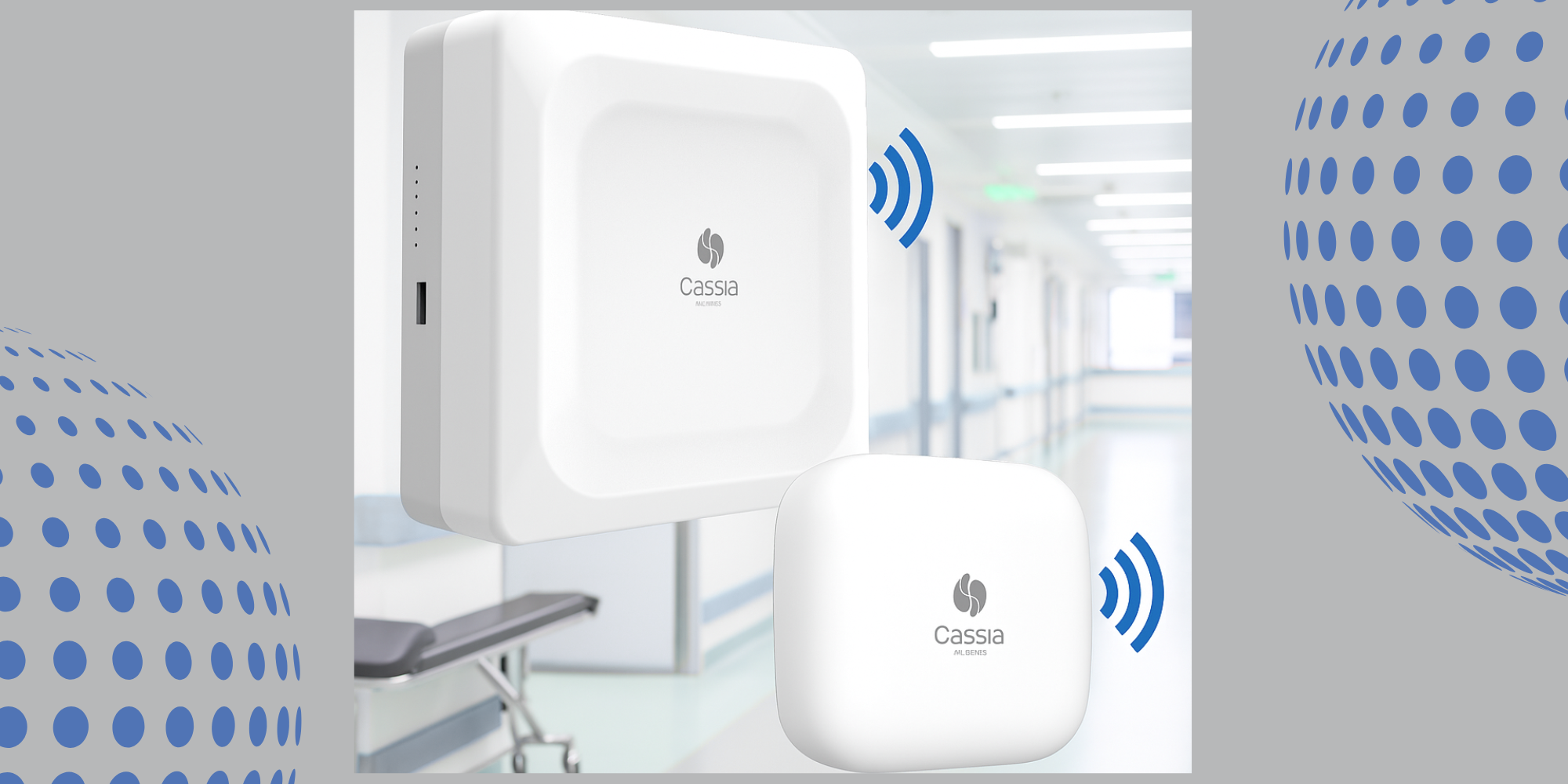Hospitals are dynamic, fast-paced environments where efficiency, precision, and real-time decision-making are critical. As healthcare facilities adopt digital health technologies, Bluetooth Low Energy (BLE) is becoming a preferred wireless protocol for asset tracking, patient monitoring, and staff safety solutions. However, deploying BLE infrastructure in complex, multi-floor environments presents a unique set of challenges—and valuable lessons.
At Cassia Networks, we’ve supported a wide range of healthcare customers in deploying BLE gateways in both local and international markets. Through our experience with the E1000 and M1000 gateways in hospitals across China and our global deployments with the M2000, we’ve learned critical insights that can guide successful BLE implementation in healthcare settings.
-
RF Planning Is Not One-Size-Fits-All
In hospitals, every floor—and often every room—can differ in terms of construction materials, electromagnetic interference, and foot traffic. Standard RF planning models fall short in these environments.
Lesson: Conduct detailed site surveys for each floor. Cassia’s team has found that even with powerful gateways, strategic placement is essential to avoid signal loss and interference in elevators, stairwells, and lead-lined imaging rooms. Cassia developed tools on the gateway that can avoid signals like Wi-Fi and optimize performance when there are many Bluetooth devices in a small space.
-
Minimize Gateway Count, Maximize Coverage
Healthcare facilities are often concerned about cluttering hallways and patient areas with too many hardware devices. Cassia’s BLE gateways are designed to extend BLE range up to hundreds of meters in open space. By leveraging directional antennas and multi-floor signal propagation, customers can reduce gateway density without compromising performance.
Lesson: Use Cassia’s long-range gateways—such as the E1000—for their high throughput, PoE+ support, and ability to cover large areas. In many deployments, a single gateway can cover an entire wing or multiple floors, reducing installation complexity and cost.
-
Network Infrastructure Must Be Healthcare-Grade
BLE deployments often depend on existing hospital network infrastructure, which may vary widely in capacity and segmentation. Gateways must be compatible with enterprise-grade network security protocols and hospital IT policies.
Lesson: Ensure that gateways are set up to use recommended security features according to the hospital infrastructure and integrate with existing network monitoring systems. Cassia’s E1000 and M2000 gateway are equipped to handle secure, high-density environments and have been successfully deployed in hospitals that demand compliance with stringent IT standards.
-
Bluetooth Roaming™ Is Crucial for Continuous Tracking
In a multi-floor hospital, BLE tags or wearable sensors often move rapidly across zones. Without seamless Bluetooth Roaming,™ real-time data can be lost or delayed—affecting patient care and operations.
Lesson: Cassia’s patented Bluetooth roaming technology ensures smooth handoff between gateways as BLE devices move throughout the facility. For time-sensitive applications like infant monitoring or emergency response tracking, this feature is not optional—it’s essential.
-
Power Management Impacts Uptime and Scalability
In areas with limited access to power outlets, powering gateways can be a challenge. Hospitals may also restrict frequent maintenance or battery replacements in sterile areas.
Lesson: Cassia gateways have multiple options for power. For the E1000, there is PoE and micro-USB. For the M2000/M1000, there is USB-C. With the long range of Cassia gateways, detecting BLE devices can be done from a distant location that has a power outlet, minimizing the need to find an outlet right next to the devices. In facilities with legacy infrastructure, Cassia’s customers have used hybrid deployments of E1000 and M1000 gateways powered by nearby wall outlets and Ethernet.
-
Scalability and Remote Management Are Key
Healthcare networks evolve. What starts as a pilot project on one floor often scales across departments and buildings. IT and clinical engineering teams need visibility and control over the entire BLE network.
Lesson: Cassia’s IoT Access Controller (AC) allows centralized management of hundreds of gateways across facilities. This has been critical in China’s large-scale hospital systems, where real-time dashboards and bulk firmware updates ensure system health without requiring on-site technicians.
Conclusion
Deploying BLE gateways in multi-floor hospitals is far more than a plug-and-play exercise. It demands careful planning, technical agility, and a deep understanding of both clinical workflows and wireless behavior. With years of experience across healthcare environments—both in China and globally—Cassia Networks continues to refine best practices and deliver scalable, reliable BLE infrastructure that supports the future of digital healthcare.
Interested in learning more? Contact us at sales@cassianetworks.com to schedule a demo or explore how Cassia’s BLE gateways can support your next hospital deployment.








